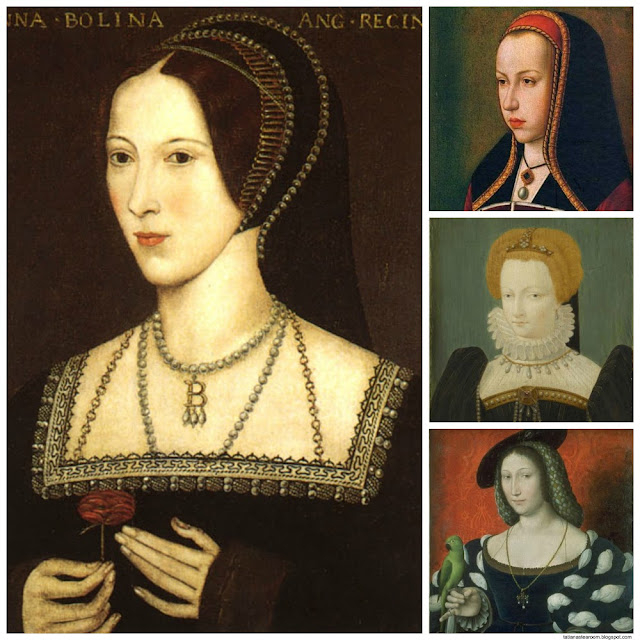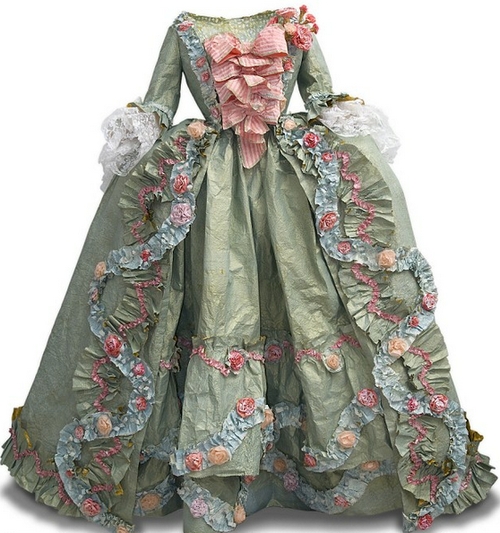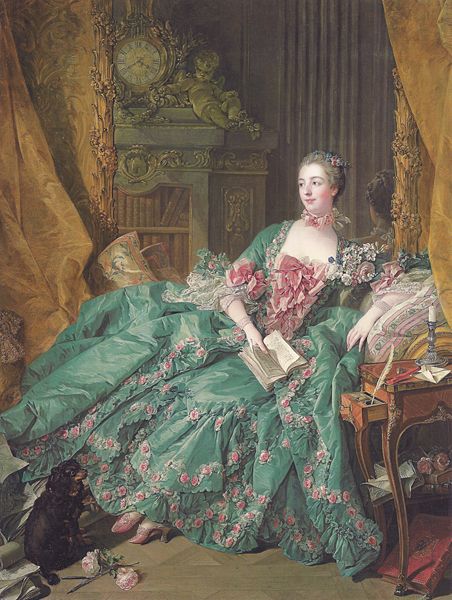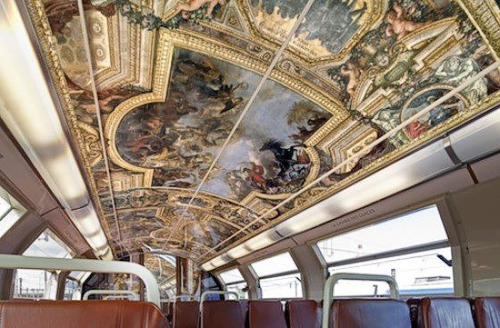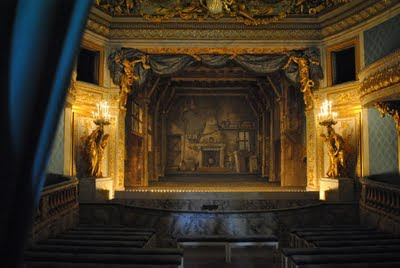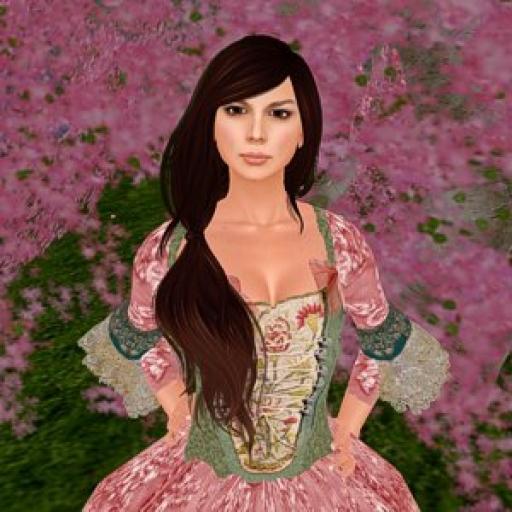
Avatar: TatianaDokuchic Varriale
VW: Second Life
Location: Ottawa, ON
Country: CA
VW: Second Life
Location: Ottawa, ON
Country: CA

The competitors loaded up their boats with lucky charms & brave passengers before setting sail on the challenging course that threaded its way through the Duch de Coeur & Rocca Sorrentina.
It was a bit of a wonder that Fortune smiled on everyone and they all made it to the finish line, a bit soggy but mostly intact.
Perhaps the Navigator Challenge is having a beneficial effect on our Shared Seas Sailors as not a shipwreck or lost vessel was to be reported.
There were, however, rumours of some rather aggressive sailing maneuvers conducted by my sister, Skye. Something about her attempting to drive Mercury onto the rocks?
I'm not going to ask too many questions about that.
In any case, all was forgiven as the worthy sailors received their awards.
Posted in: Duché de Coeur
| 2 comments
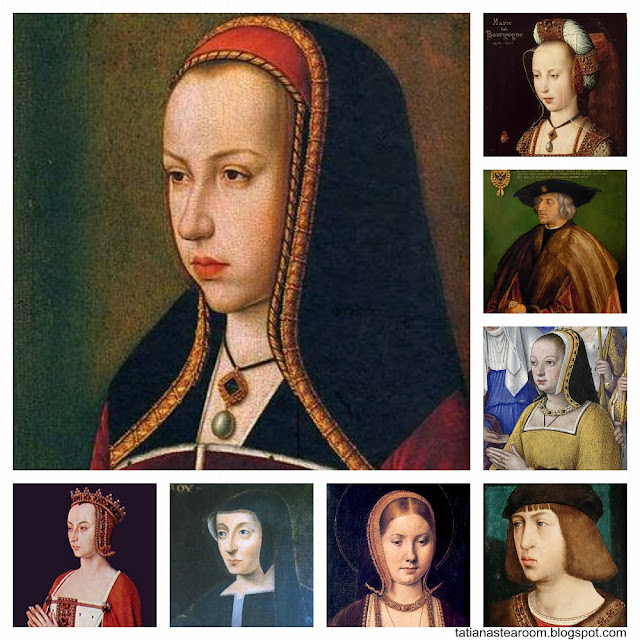
Margaret of Austria, Mary of Burgundy, Maximilian of Austria, Anne of Brittany, Philip the Handsome, Catherine of Aragon, Louise of Savoy, Anne of France
When last we sawAnne Boleyn,ourelegant & intrepid guidefor these Renaissance ramblings, it was 1513 and she was heading to the court of Margaret of Austria to begin her European education(see Anne Boleyn: The French Connection ).Modern-day references to Margaret are often brief andmade in passing to denote her relationships with others. Frequently appearing in thebiographies of others; often tagged as "Aunt of" or"Sister in law of"; Margaret has a fascinating story all of her own.
Born in 1480 to Mary of Burgundy and Maximilian of Austria, Margaret of Austriacertainly had a lot of high-powered family connections (both through blood and through marriage) given that her mother was the Duchess of Burgundy in her own right, her father was the elected Holy Roman Emperor and her parents were the co-sovereigns of the Low Countries .
In 1482, when Margaret was only two years of age, hermother diedas the result ofa riding accident. This tragic turn of events accelerated Margaret'sentryinto the political arena and she was soon betrothedto Charles (the current dauphin of France andsoon-to-beCharles VIII) in a deal to end the conflict between Burgundy and France.
As part of this arrangement, a three-year-old Margaret was sent to the French royal court at Amboise to be raised as the future queen of France. Her education was supervised by Anne of France, her fianc's sister,who was acting as his regent during his minority.Anne, one of the most powerful women ofher time, was both a ruler and an educator of the aristocracy's children, a model that Margaret herself would later emulate.
Read more Renaissance Women: Margaret of Austria
Posted in: History
| 2 comments
Where would you start if you wanted to blog a bit about the Renaissance? Would it be easier if you limited your scope to the French Renaissance ? How long would it take and how far would you get before tying yourself up in so many knots that the only sanemove would be to cut and run?
I recently found myself ponderingthese questions (and so many more)but before I could be overwhelmed into inaction I decided to just pick a point and begin. After all it's the journey that counts and since this is purely a pleasure cruise I thought it best tobegin with one of my favourite historical personages, Anne Boleyn.
Now we know that Anne's daughter, Elizabeth I, prided herself on being "mere English" and it's true that Anne's roots were decidedly upper-crust Anglo-Saxon but her early life experiences connected her to thecore of the French Renaissance. Born a courtier andeducated with royalty, Anne Boleynwas aRenaissance woman through & throughand thereforethe perfect travelling companion forthese Renaissance ramblings.
Read more Anne Boleyn: The French Connection
Posted in: History
| 4 comments
A Paper "Pompadour"
It's no secret that I love this dress.I've blogged aboutit in Fabulous Fashion and I've wornthe virtual versionin Second Life, so you can imagine my delight to find this paper version looking out at me from the pages of Victoria Magazine .
Marquise de Pompadour 1756
That's correct, it's a paper re-creation of the dress worn by Madame de Pompadour in the painting by Franois Boucher ! Talk about fabulous!!
The artist behind this stunning piece of ephemera is Isabelle de Borchgrave and she didn't stop at the Pompadour but continues to create whole collections of couture inspired by famous paintings, grand couturiers and museum costumes.
Robe la Franais Panier
Read more at French Ephemera: Prt Papier
Posted in: art
| 6 comments
Just asmy glow from Chanel's "Versailles" Collection (see Chanel in Versailles: Seriously Frivolous ) was fading, along came some equally delightful Versailles related news!
The SNCF , France's national state-owned railway company,hasjust unveiledthe firstoftheir commuter trains decorated with iconic scenes from the Chteau de Versailles including; the Hall of Mirrors, Louis XVI's Library, Marie Antoinette's Chamber inthe Petit Trianon and the Belvedere from her English Garden.
Graffiti-resistant, laminated panels were used to transfer the images which are slated for a number of trains on the The RER C line traveling between Paris and Versailles. This means that tourists get a preview of Versailles before they even arrive while locals can enjoy these works of art on their daily commutes.
Posted in: architecture
| 6 comments
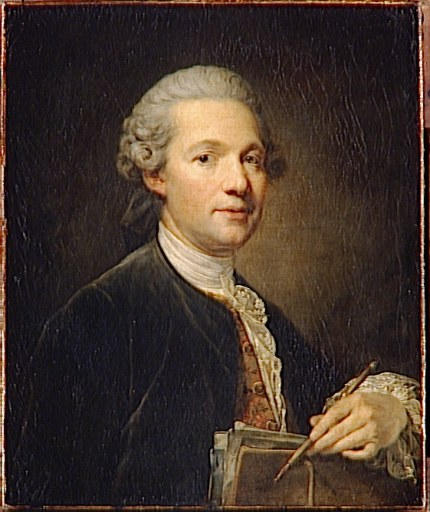
Ange-Jacques Gabriel (October 23, 1698 January 4, 1782) was born into a family of great architects, succeeding his father, Jacques Gabriel, as the premier architect of France in 1742.
During his tenure he oversaw the transition from the ornate Rococo period to the order & simplicity of Neoclassicism driven by the belief that progress depends upon reason and discipline.
His love of symmetry and classical proportion is reflected in many of his creations from the minute French Pavilion (completed 1750) to the enormous Chteau de Versailles (including extensive palace renovations starting in 1735 & the addition of the Royal Opera 1769-1770).
For me, one of the many delights of re-creating his buildings are discovering the false doors which have been placed "just so" to maintain the symmetrical appearance of a room. Equally fascinating are the "secret" doors that are blended into the walls for the same reason. I stumbled upon this technique for the first time while constructing The Billard Room of the Petit Trianon.
Posted in: architecture
| 9 comments
The French Pavilion 2009. Photo by Stefan of ArchitectDesign
The French Pavilion ( le pavillon franais ) which now stands as the central gem of the Petit Trianons formal French Gardens was actually completed in 1750, a few years prior to the building of the Petit Trianon itself.
Designed by the Louis XVs chief architect Ange-Jacques Gabriel at the instigation of Madame Pompadour this miniature palace was intended as a summer gaming/dining room. Thirty years later, Marie Antoinette would also use it for private concerts given by lantern light.
Posted in: architecture
| 1 comments
The plain facades and the little entrance of the edifice contrasted with the ravishing interior of the building in shades of gold and blue. Apollo with the Graces and the Muses, a painting by the artist Lagrene, decorated the ceiling. Deschamps was responsible for the sculptures and the bas-reliefs. However, to save some money and to mollify the impatience of Marie-Antoinette, all sculptures were in papier-mch. From floor to ceiling, everything was painted in trompe l'oeil.
from Marie-Antoinette and the Last Garden at Versailles by Cristian Duvernois .
.
How fortunate we are that thisgem managed to survive the revolution, more or lessintact, as the mob considered itto be of little value. As with Marie Antoinette's Private Apartments in Versailles , The Queen's Theatre was a collaboration between Marie Antoinette& Richard Mique .Built in 1780 and located on the grounds of the Petit Trianon,itfollowedthe social trend started by Madame Pompadourthat sawsmall, private theatresadorning large country estates.
The Queen, an enthusiastic performer since her childhood, enlisted family& friends as her castmates while the King was reportedly a very keen member of the audience. Plays were performed andoperas were sung; the joys of the simple, country life oftendictating the theme. It was a theme which Marie Antoinette would also persuein building the Queen's Hamlet adjacent to the Petit Trianon as sheexpanded herromantic role of the comely peasant girl from the stage furtherinto her real life.
Continue readingon Tatiana's Tea Room - Petit Trianon: The Queen's Theatre .
Posted in: architecture
| 3 comments



